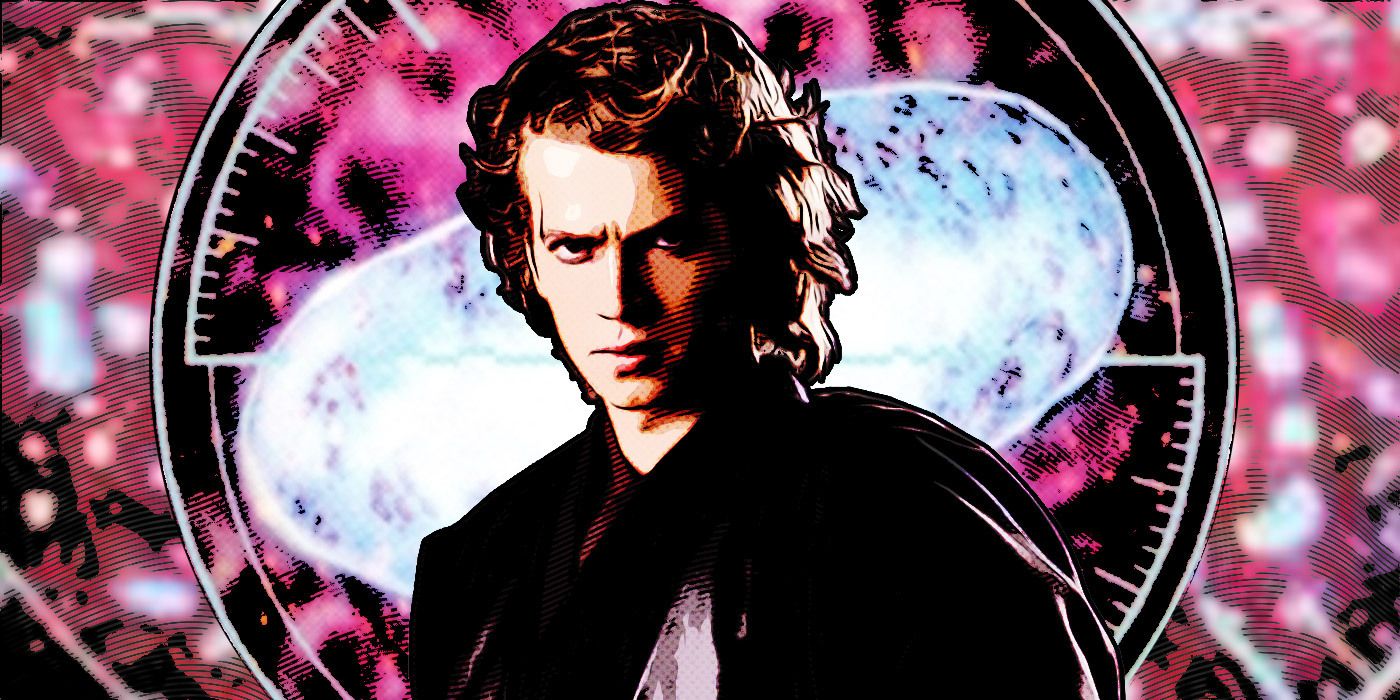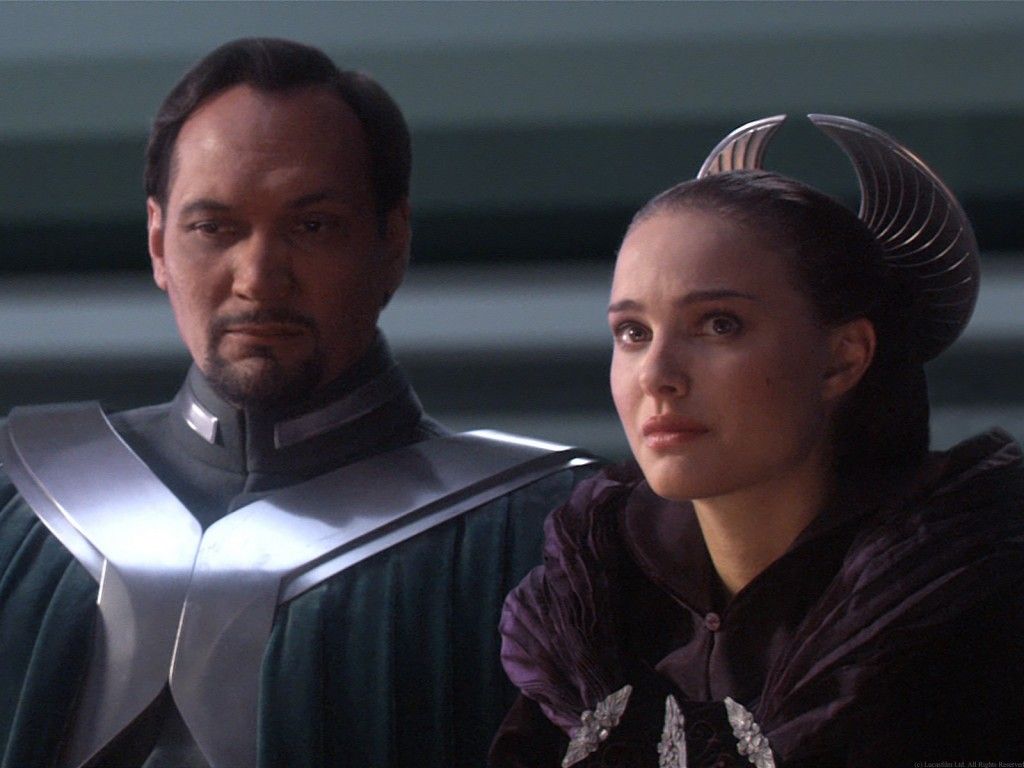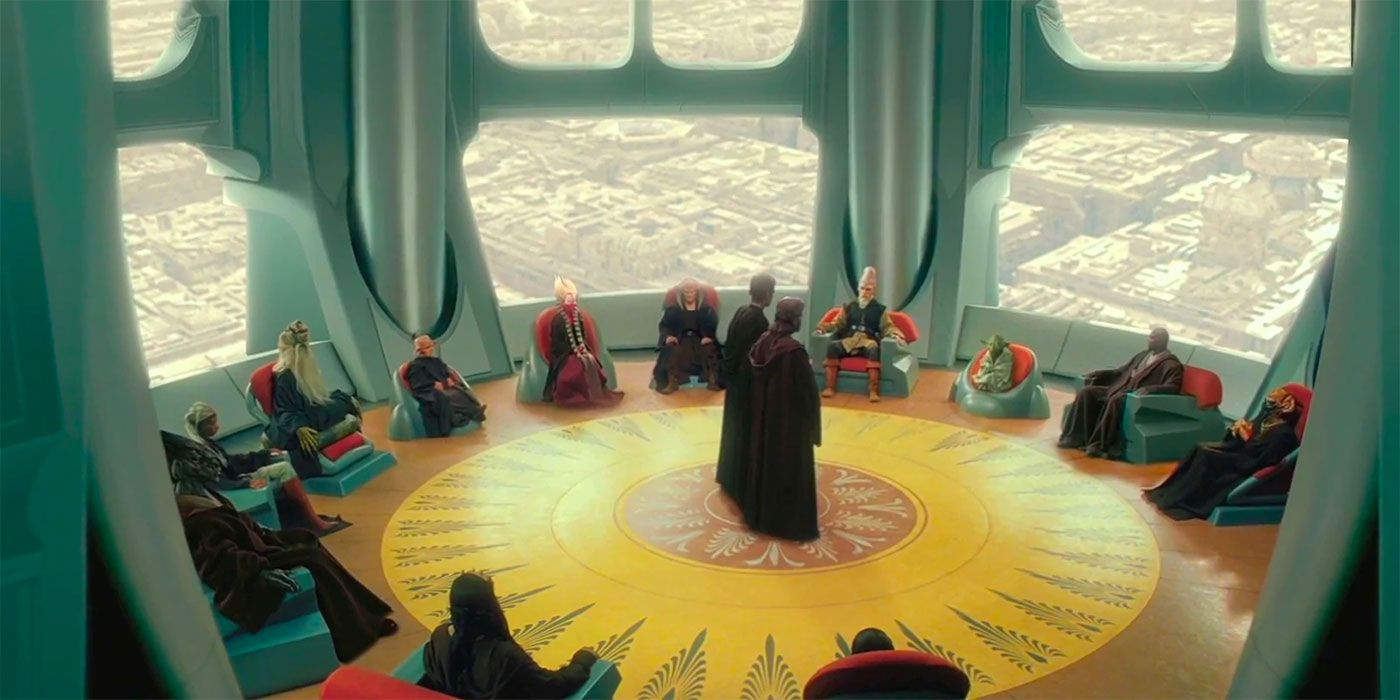Not since Anakin Skywalker (Hayden Christensen) first put on the Darth Vader suit, all the way back in 2005, has the Star Wars prequel trilogy received so much attention from fans than with the release of Obi-Wan Kenobi. Currently streaming on Disney+, the miniseries builds its universe on top of the events of The Phantom Menace, Attack of the Clones, and Revenge of the Sith. In the first episode, scenes from all three movies serve as a flashback establishing how the galaxy and the show’s protagonist have gotten to where they are now, and new shots give us an extended view of the Great Jedi Purge.
The series also brings back Christensen and Ewan McGregor to reprise their roles as Anakin and Jedi master Obi-Wan Kenobi, respectively, as well as many other actors that became known for their roles in the prequels. The show also replicates part of the atmosphere from the 2000s’ movies, creating a successful transition between the lively galaxy of the High Republic and the empty, quiet spaces of the classic trilogy’s post-Death Star Empire. However, there is one aspect of the prequel trilogy that is absent from Obi-Wan Kenobi, at least so far. It’s an element that, as a matter of fact, is absent from most post-prequels Star Wars media, despite being, like it or not, one of the most important things introduced to the franchise’s lore in the past few decades: the midi-chlorians.
Roughly defined as microorganisms that inhabit the cells of every single being in the galaxy, connecting all to the Force and allowing some to yield its power, midi-chlorians were first mentioned in 1999’s Star Wars: Episode 1 – The Phantom Menace. Upon meeting a young Anakin Skywalker (Jake Lloyd) in Tatooine and learning about his immaculate conception, Jedi master Qui-Gon Jinn (Liam Neeson) conducts a blood test on the boy. The results reveal an unprecedented concentration of midi-chlorians, indicating that Anakin might be the Chosen One destined to bring balance to the Force spoken of in ancient Jedi prophecies.
This was a revelation that enraged fans at the time of the film’s release. Not the part about Anakin Skywalker being the Chosen One, mind you: fans had high hopes for the origin story of legendary villain Darth Vader, and having him go from a messiah to a powerful warrior for the Dark Side was very much on par with everyone’s expectations. What caused controversy was the Force’s depiction as a biological entity measurable by regular laboratory tests instead of the mysterious all-encompassing energy that it had traditionally been presented as. For the unhappy fans, not only did the existence of midi-chlorians deny the basic core of the Jedi belief system, it went against the democratic aspect of the Force, strengthening the focus on genetics that became an evident issue of the franchise by the time The Rise of Skywalker came out. Worst of all, midi-chlorians made the Force uninteresting, just as boring and mundane as a genetic predisposition to high blood sugar.
The complaints were so many and so loud that, from Attack of the Clones onwards, no Star Wars movie ever mentioned midi-chlorians again. On TV, the microscopic particles fared a bit better, with midi-chlorians playing a pretty big role in two episodes of The Clone Wars as well as in Grogu’s story arc in The Mandalorian. Still, considering how prevalent the Force is in the Star Wars universe, it’s kind of weird that such a game-changing concept receives so little attention. But is this midi-chlorian-phobia justified? Is it really for the best that the particles have been relegated to oblivion, save for the odd story here and there? Is the concept of the midi-chlorian count really that absurd? Or does it have its place in the galaxy far, far away? The answer to this last question is yes, it does, and it’s right there where it all started: in the prequel trilogy.
The Star Wars prequels aren’t exactly known for their cinematic prowess. The movies suffer from numerous issues, from uneven pacing to wonky dialogues to overreliance on visual effects, among other Binks. Sorry, other things. Thematically, though, they are very much on point. George Lucas might have his flaws both as a writer and a director, but his comprehension of politics and the inner workings of an institutional crisis is one of the most mature this side of the Hollywood blockbuster. Sure, trade disputes might not be the most interesting way to kick off your sci-fi war epic, but there’s no denying the importance trade has in large-scale conflicts - just look at how most of the world is using commerce and trade as a retaliation tool against Russia’s invasion of Ukraine. Lucas’ depiction of the rise of the Empire is a tale about a broken republic, a fascist threat hiding in plain sight, and the dangers of militarism that still echoes with viewers, with Padmé’s (Natalie Portman) line about democracy dying with thunderous applause making the rounds repeatedly whenever a new authoritarian leader rises to power.
What makes Lucas’ fantastic depiction of politics so unique is his awareness that, for the Empire to succeed, the Republic has to fail. In other words, it’s not enough that there is a political faction with the means to seize power. First, those that hold the power must lose the trust of the people, thus creating a power vacuum. Even though the Star Wars prequels focus mostly on what goes on in the higher echelons of power instead of on day-to-day life around the galaxy, it’s easy to see through the cracks how Republic officials have become detached from the people they govern, and vice-versa. Despite calling itself a democracy and passing laws that allegedly protect its citizens, the Republic turns a blind eye to slavery and the rule of crime syndicates in the Outer Rim.
Shmi Skywalker’s (Pernilla August) brief conversation with Padmé in The Phantom Menace about the Republic’s lack of actual jurisdiction over Tatooine is particularly revealing in that regard, and the Clone Wars TV series devotes various episodes to those disenfranchised by the Republic and, eventually, the war. Though there is no denying things would get even more dire during the Empire, it’s safe to say that the Republic had its shortcomings and that the people of the galaxy were aware of the issues surrounding them.
In this political scenario, the Jedi Order held a particularly complex position. Not only were they the representatives of the state religion, but they also acted as a military force. During the period depicted in the prequel trilogy, the Order is shown to have become corrupt and detached from the people they allegedly served. We see this mainly through their heavy involvement in war room politics and in the creation of the secret clone army, but also through Anakin’s story: the Jedi Council’s initial refusal to grant him training would see him returning to a life of slavery. The Order’s inability to accept his more complex feelings and guide him through the darker moments of his life is what eventually led to his transformation into Vader. But another key indicator of the Jedi's alienation from the people of the Republic is their use of midi-chlorian metrics to determine one's connection with the Force.
The Jedi belief system is loosely based on real-life religions like Zen Buddhism and Taoism, with a bit of Christianity thrown in with the story of Shmi and Anakin Skywalker. Much like Zen monks, the Jedi follow a path of asceticism and aim to achieve a kind of non-passionate compassion for the world around them. From Taoism comes the Force itself, based on the concept of qi, an energy that permeates every living thing and relies on the balance between two opposing forces: the yin and the yang. Though there is a belief that some people might be able to have command over their qi much like the Jedi use the Force, it’s all on a spiritual level and there’s no measuring it through a blood exam.
In the pre-midi-chlorian days, the same was true for the Force. As an energy that is present inside every single form of life in the universe, it was something to that everyone could feel connected to, regardless of their sensitivity to it, or, rather, of their midi-chlorian count. However, by finding a way of 'mathematizing' the Force and measuring people’s connection with it, the Jedi create an even wider divide between those that “have” the Force and those that don’t. They make faith a material object instead of spiritual matter, setting themselves apart from folk mysticism and fueling public discontent with the Order. The problem isn’t so much that midi-chlorians exist, nor that they can be counted, but that the Jedi have taken it upon themselves to count them.
To better understand how this is an issue, let’s once again take a look at a real-world example. During the early stages of the Modern Age, the Catholic Church and the European states were closely knit. Catholicism was the official religion of many countries, and the Church supported the monarchs’ claim to power through the doctrine of the divine right of kings. This system was brought down over the course of the 17th and 18th centuries, and there were many political and economic factors that contributed to its demise. But there’s one very important element that led to the Church’s loss of power and, subsequently, the decline of the absolutist regime: the Protestant Reformation of the 16th century.
Initiated by Martin Luther, the movement questioned papal authority and divided Western Christianity, eroding a huge chunk of the Church’s influence. Luther’s first qualm with the institution was the sale of indulgences, i.e., the exchange of money for forgiveness for sins committed. It was a custom that took faith from the realm of the spiritual and brought it to the material, granting an easier time in the afterlife for those that had the money to buy it. Once again, it’s not a question of whether heaven, hell, and purgatory exist, or whether there are sins for which the faithful have to atone, but that the Church had taken upon itself to determine those that were worthy of forgiveness through material means.
Much like the political changes of the Modern Age, the fall of the Republic in the Star Wars universe wasn’t motivated by a single thing. Trade disputes played a part in it, as did separatism, nationalism, and various political conspiracies that eventually converged into a larger plot to grant Senator Palpatine (Ian McDiarmid) absolute power. And then, of course, there’s the people’s loss of confidence in the Jedi Order - a problem fueled by Sith propaganda, sure, but generated by a lack of identification between the Jedi and the common folk. And what better way to show this lack of identification than physically representing the Force through a midi-chlorian count and the scientifically-backed segregation of people based on the very thing that should unite all of us? When we look at a universe where the Jedi Order is extinct, such as the one in which the sequel trilogy or The Mandalorian takes place, of course, midi-chlorians don’t seem to make a lot of sense. But they do go well with a powerful, corrupt, and soon-to-be dethroned organization.




.jpeg)